Can I Visit Antarctica? Yes — and Here Are 5 Reasons You Should
More than 50,000 travelers from across the globe journeyed to the distant land of Antarctica last year. For those who relish traveling to remote and unconventional locations, the seventh continent offers a type of pristine beauty and off-the-grid adventure that exists practically nowhere else. But are you asking yourself, can I visit Antarctica? The answer is yes. No longer is being “on The Ice” an activity reserved for the most intrepid of explorers. More and more travelers are finding reasons to visit Antarctica every year.
Antarctica’s appeal as a travel destination is increasing. According to statistics from the International Association of Antarctica Tour Operators (IAATO), the number of visitors to the continent has risen by more than 50 percent over the past four years.
Antarctica, however, still receives only a tiny fraction of the tourism that descends upon the world’s most visited destinations. Tour operators who visit the region are committed to doing so responsibly under the Antarctic Treaty System. Consequently, visitors won’t have to share Antarctica’s breathtaking vistas with millions of others; instead, they can revel in the destination’s sense of serenity.
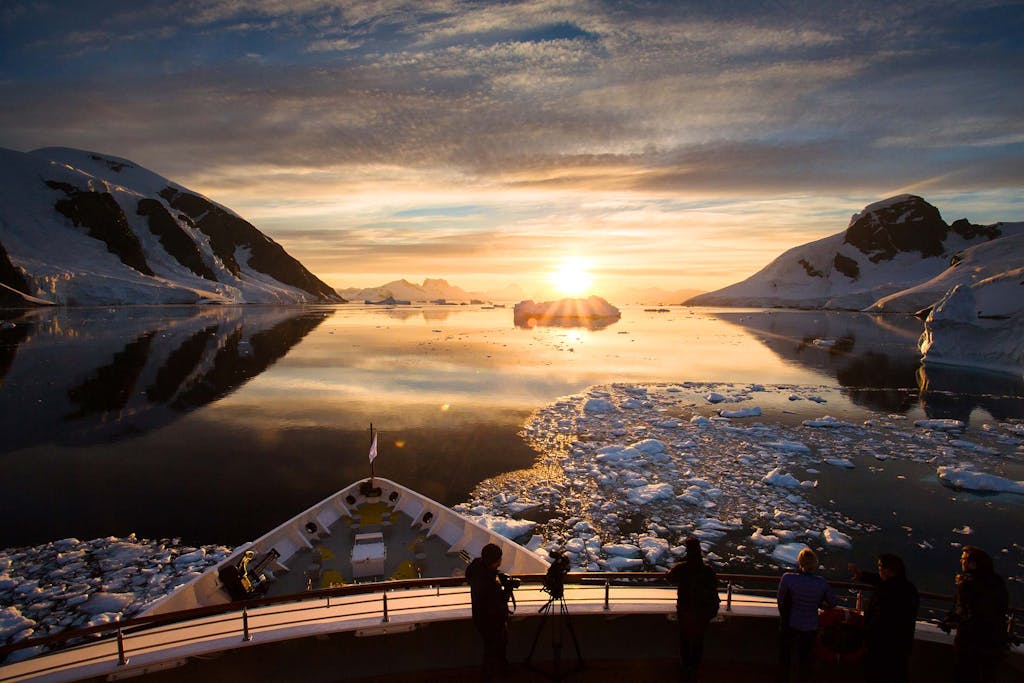
In many ways, the White Continent remains the final frontier. Read on to discover five reasons why Antarctica beckons the most discerning of travelers:
1. Animals are the star attractions of Antarctic expeditions
Ask any of our expedition leaders what to do in Antarctica, and their first answer will likely involve an encounter with some of the most exotic animals on Earth. Without a doubt, the opportunity to observe the continent’s spectacular wildlife in its natural habitat is the biggest reason why travelers make the journey to this distant land.
For most, the seventh continent conjures images of penguins, adorned in fuzzy black-and-white plumage, waddling across the slippery ice. Antarctica’s brush-tailed penguins can be quite comfortable in the presence of human visitors and often approach inquisitively. Whether diving off icebergs, swimming among kayaking adventurers or assembling nests of rocks for future chicks, penguins offer indelible memories for those fortunate enough to make their acquaintance.
Less famous, but equally interesting, seals are another star attraction on an Antarctic expedition. The wily leopard seal, the dog-like fur seal, the curious Weddell seal, and the crabeater — with their cheeky grin — will capture your imagination. Unafraid, they might play excitedly as they swim in close proximity to your Zodiac.
One of the most rewarding experiences of traveling to Antarctica is whale watching on an epic scale. No less than eight species of whales can be observed on an Antarctic expedition, like the graceful minke whales, the gentle orcas and those playful humpbacks who wave their flukes in breathtaking displays.
Antarctica is also the ultimate birders’ paradise: Snow Petrels, Southern Giant Petrels and Skuas are bound to greet you as you cross the Drake Passage into the white wilderness. Many visitors choose to bring special photography equipment in order to capture these special moments perfectly.
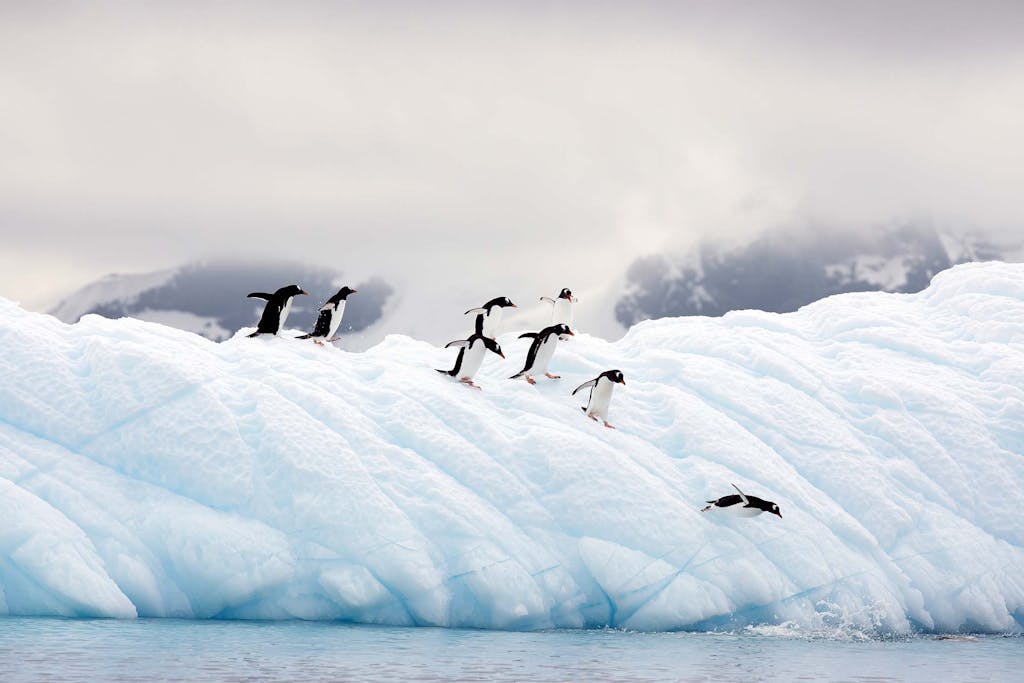
2. The human footprint is barely visible
There’s a reason why ecotourism in Antarctica is so popular. Famously cloaked in a massive ice sheet that stretches across 98 percent of the continent, Antarctica appears practically untouched by humankind. That, in itself, is a rare occurrence these days.
The remoteness of the vast continent overwhelms as you approach the Peninsula and realize you’re more than 620 miles (1,000 kilometers) from the tip of Cape Horn in South America. Feelings of tranquility, awe and beauty then strike all at once.
You might wonder how, during more than two centuries of exploration below the Antarctic Circle, the entire continent has remained largely unspoiled? Antarctica is under close protection and scrutiny from 53 nations around the world through the Antarctica Treaty System (ATS), which monitors commercial tourism, limits scientific research, and protects the region’s fascinating flora and fauna. Most importantly, it guarantees that, for years to come, anyone visiting Antarctica will be able to enjoy the sight of both the wildlife and the dramatic icy landscapes.
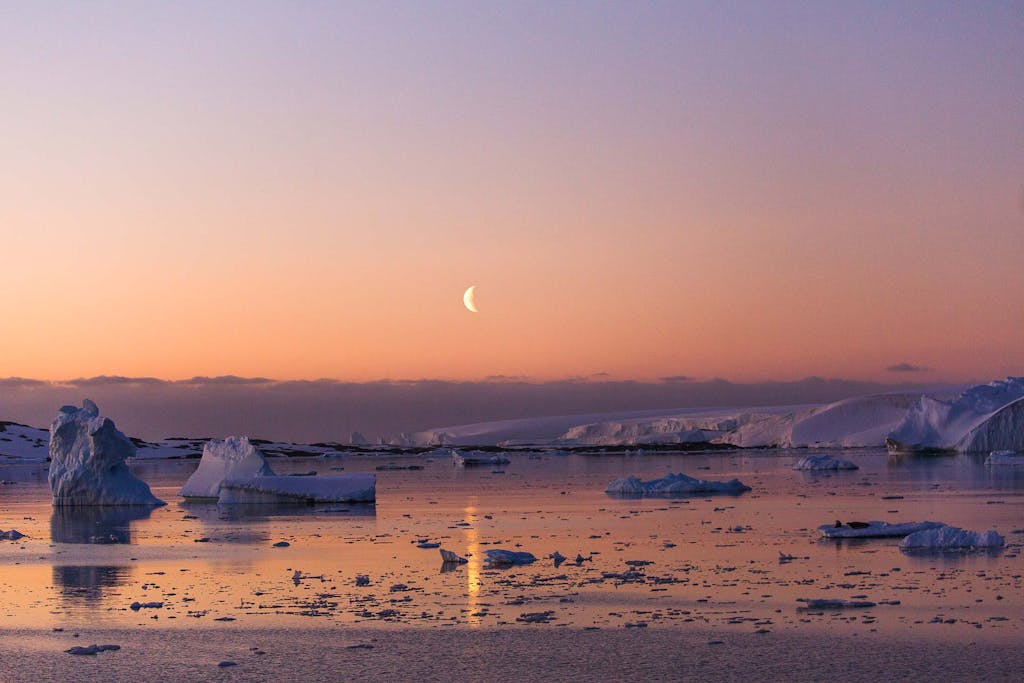
3. A sculpture garden of ice and stone
Antarctica’s icy veneer makes frozen water one of the main characteristics of this dramatic polar ecosystem. From the moment you clear the legendary Drake Passage, the ice begins to follow you and continues to do so throughout your voyage.
Molded over centuries, sculptured ice formations of all shapes and sizes mesmerize with their sparkling blue and white hues. Just like snowflakes, no two icebergs are the same. Their provenance, deterioration and stories of origin dictate their shapes — some are tabular and blocky, others look like domes, while others evoke the pyramids of Giza.
You’ll find it impossible to ignore the unmistakable sound of calving icebergs and glaciers. The crackle starts slowly and quietly but culminates with an almighty crescendo.
Antarctica is also home to several breathtaking snow-covered mountains and volcanoes. Mount Erebus on Ross Island is the southernmost active volcano in the world and, closer to the peninsula, Mount Vinson is the highest mountain on the continent, reaching 16,050 feet (4,892 meters).
What lies beneath that thick ice sheet retains a sense of mystery. With dozens of active research stations across the continent, Antarctica still manages to amaze even the most experienced of scientists who continually find new volcanoes and other discoveries both underneath the surface and undersea.
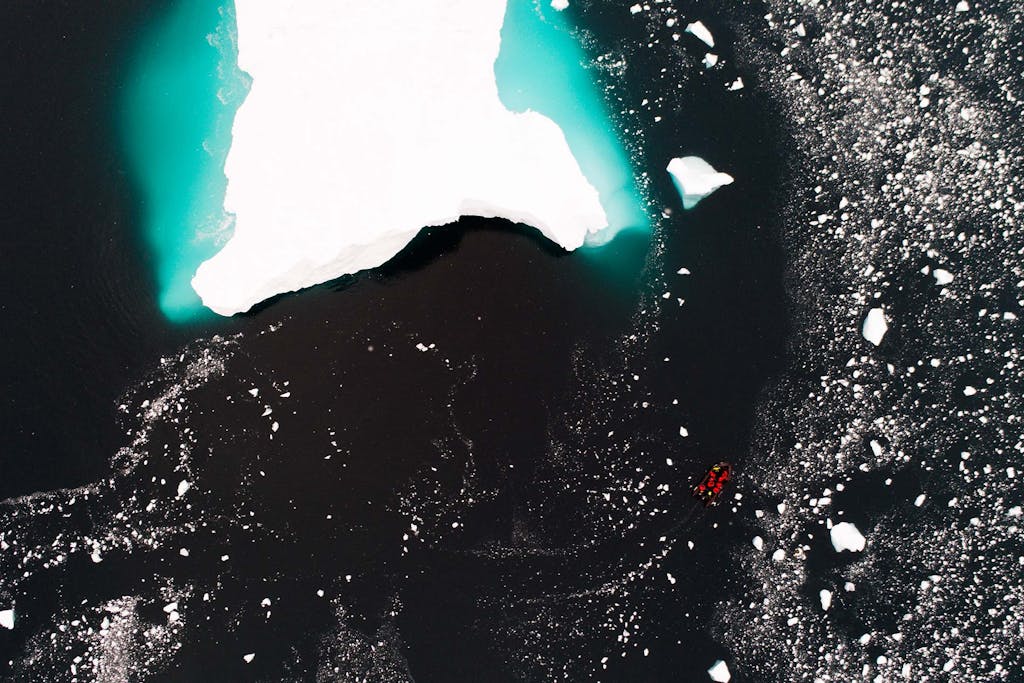
4. Tales of epic explorers echo across the landscape
The untamed allure of Antarctica has long obsessed the most tenacious explorers. Starting in the mid-1800s, British explorer James Clark Ross participated in several treacherous expeditions charting the Antarctic coastline. His efforts paid off — he discovered a bay on the western side of Antarctica. The Ross Sea remains his namesake to this day.
Ross never attempted to reach the South Pole, however. That particular target instead tempted courageous polar explorers like Roald Amundsen and Robert Falcon Scott, who both organized expeditions to reach it. Amundsen ultimately prevailed in December 1911. Scott arrived just one month later in January 1912, but tragically passed away shortly after reaching his destination. A single cross on Observation Hill on Ross Island commemorates his life. Stories of Sir Ernest Shackleton’s thrilling exploits still echo throughout the world of expedition, too. On his most famous expedition to the continent, his ship, Endurance, foundered on the ice, leaving Shackleton and his men to drift on ice floes for five months before finding refuge on Elephant Island. Stories of Sir Ernest Shackleton’s famous exploits still echo throughout the world of expedition, too.
5. The weather is milder than you think
You need to know how and when to visit to Antarctica. On a continent known for frigid weather, it might be hard to imagine the sun could shine brightly while you explore. While the lowest natural temperature ever recorded on Earth was indeed taken in Antarctica in July 1983, tourist season only runs during austral summer (between November and February) when temperatures are considerably milder.
“Summer” temperatures range from about 14 degrees Fahrenheit (10 degrees Celsius below zero) to 50 degrees Fahrenheit (10 degrees Celsius). North Americans from Canada and parts of the United States might find December in Antarctica warmer than back home. During the more temperate parts of the day, the weather is even pleasant enough for heart-pounding hikes, thrilling kayak rides or simply observing the abundant wildlife. Plus, once you lay eyes on those first snow-drenched views of the White Wilderness, you’ll soon forget all about the weather. The Antarctic ice has you in her warm embrace. Instead of asking yourself, can I visit Antarctica, ask yourself, how soon can I go?
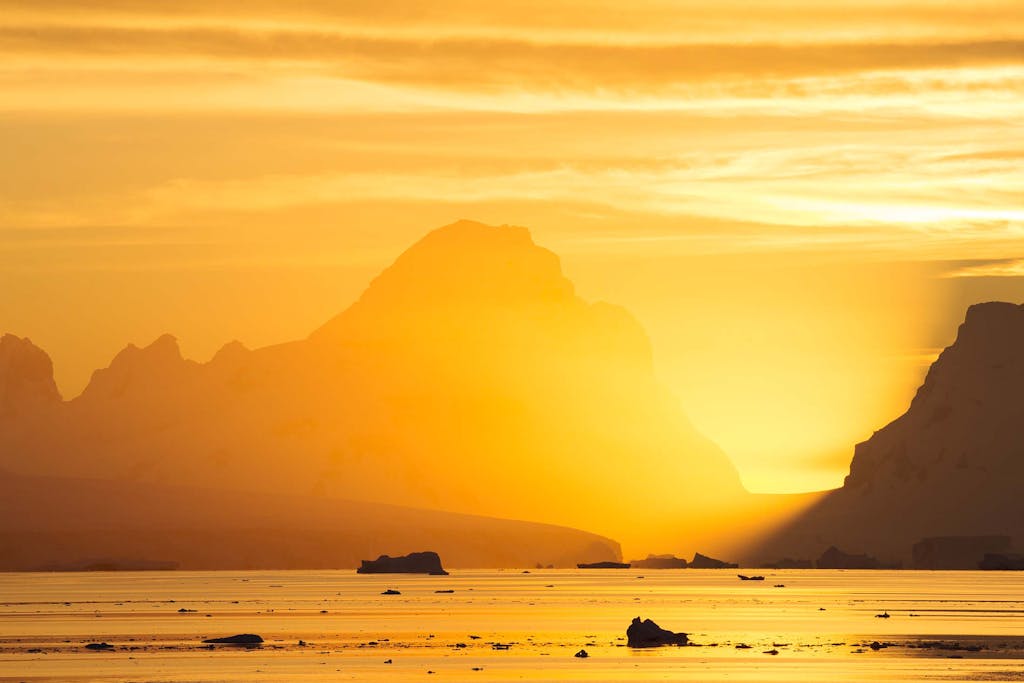
Wondering when to visit Antarctica? Find more information here.
